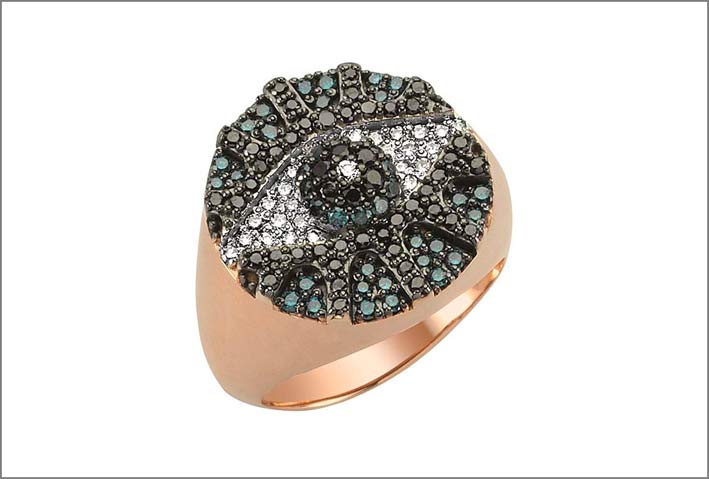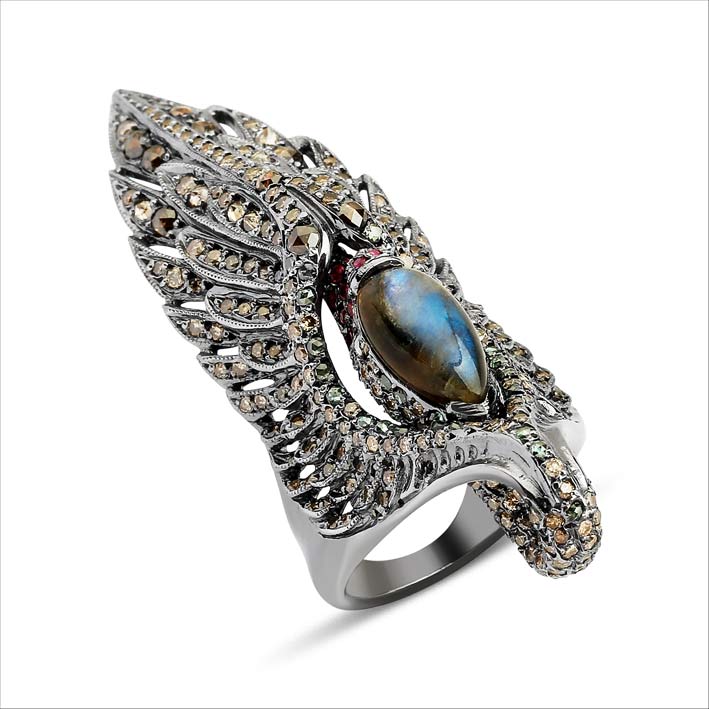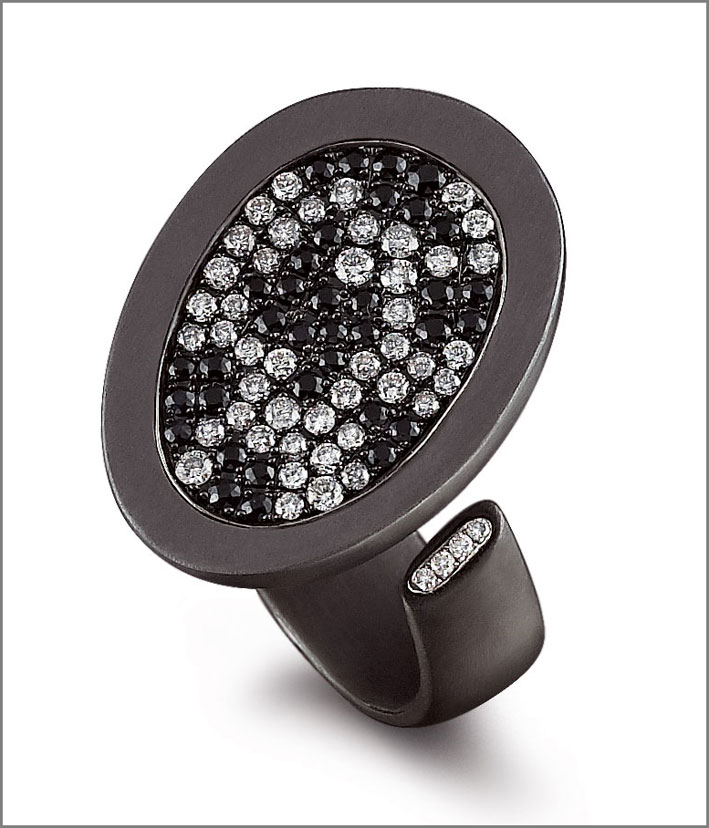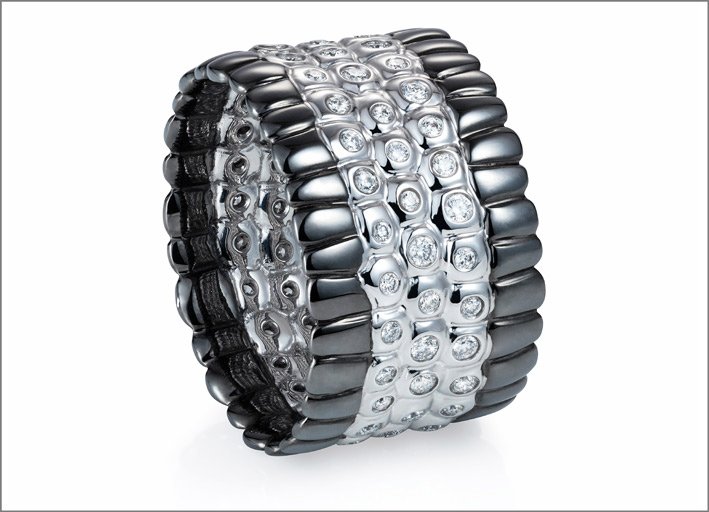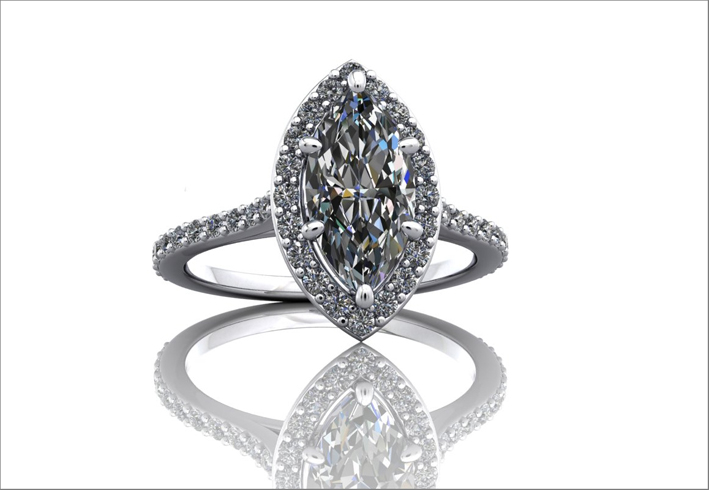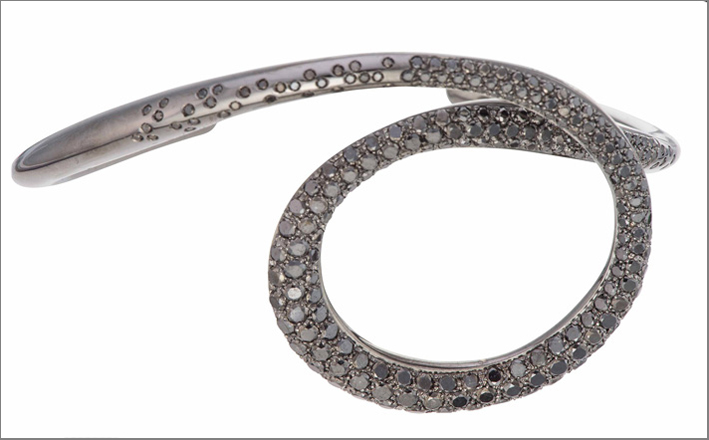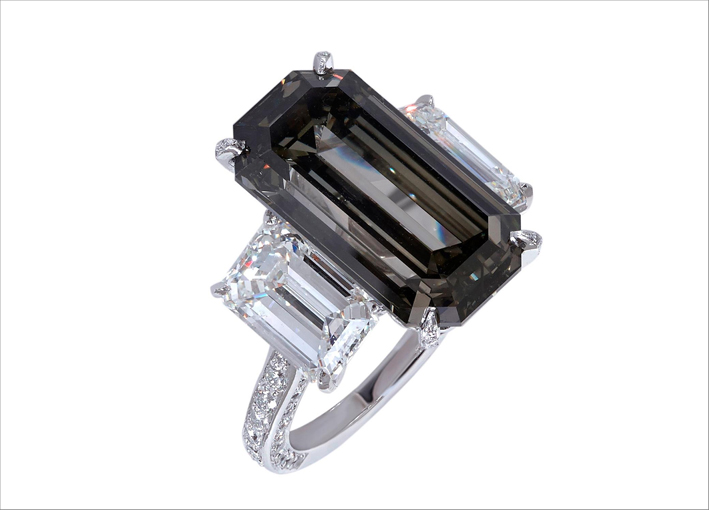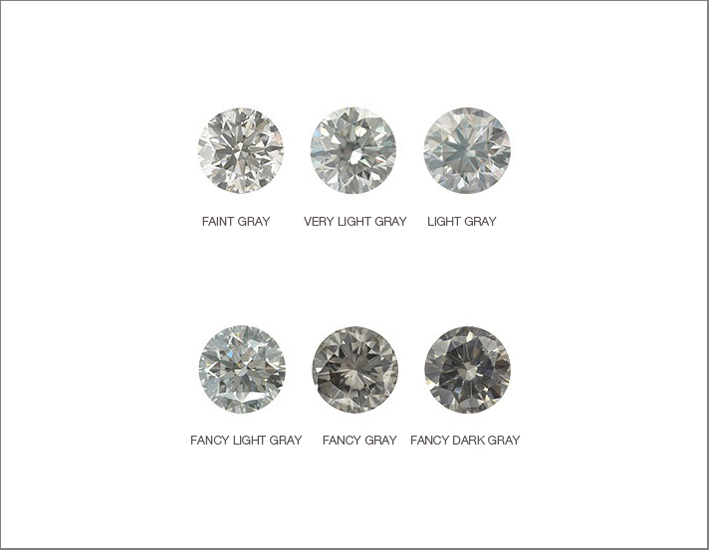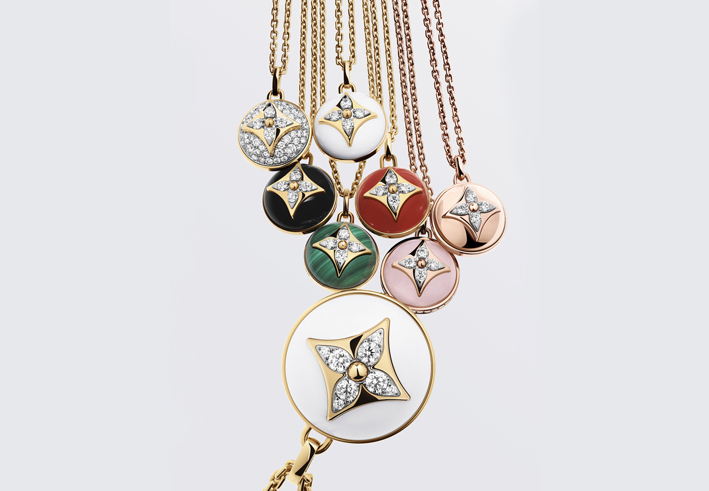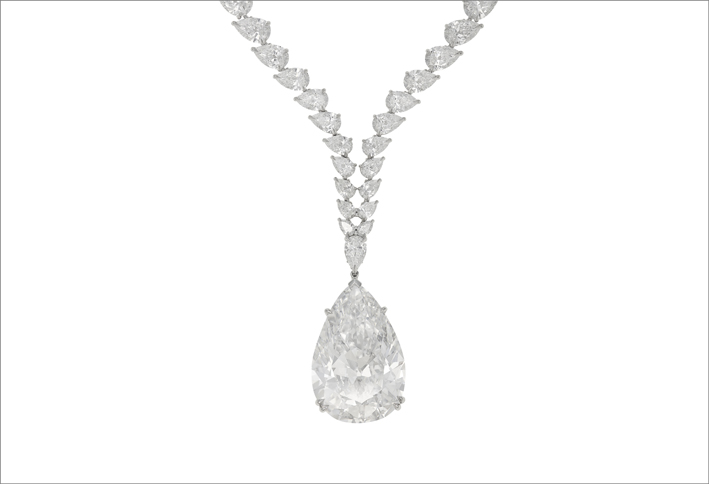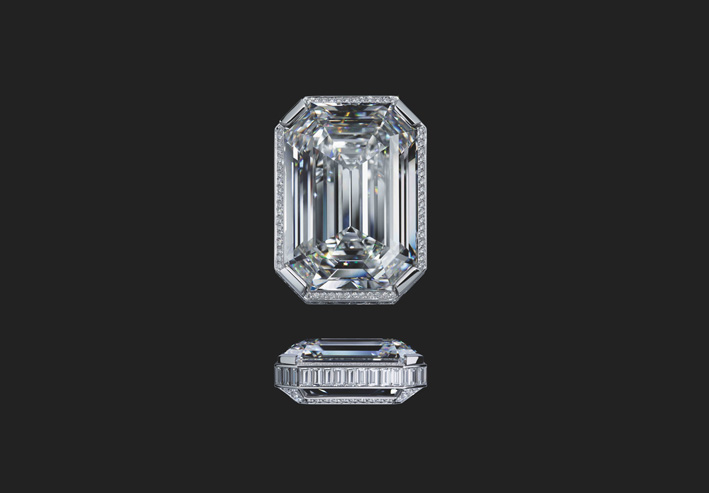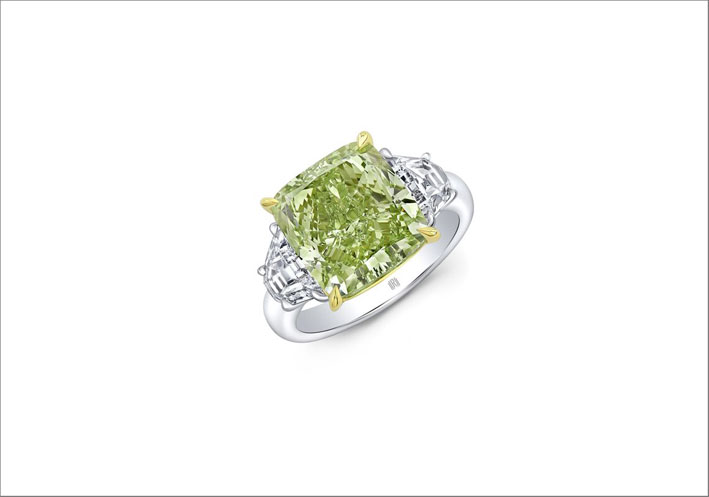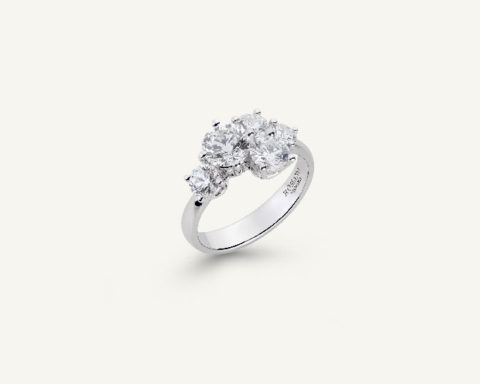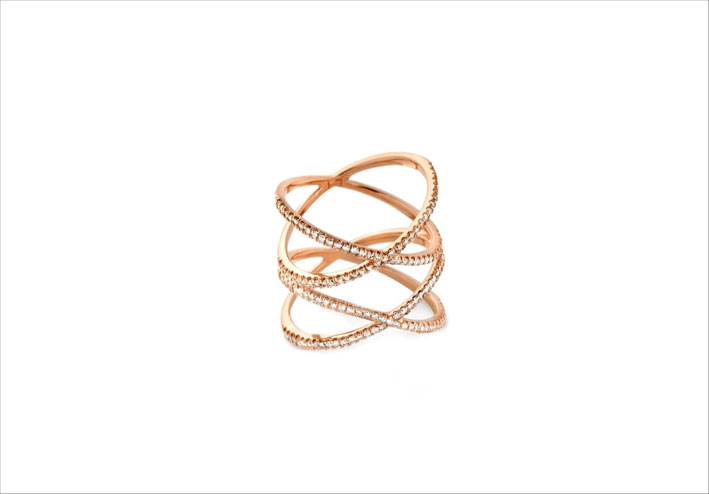What you need to know about the gray diamonds and the colorful shades they may have ♦
White diamonds are a classic. Colored ones are in fashion. But gray diamonds are in trend. There is only one problem: gray diamonds are rare, very rare. But they are considered very chic, also because they are perfect to combine with other colors: gray is a shade that manages to coexist with all the others, as well as alone. A gray diamond, in fact, is suitable to be combined with any dress and can be worn at any time of day.
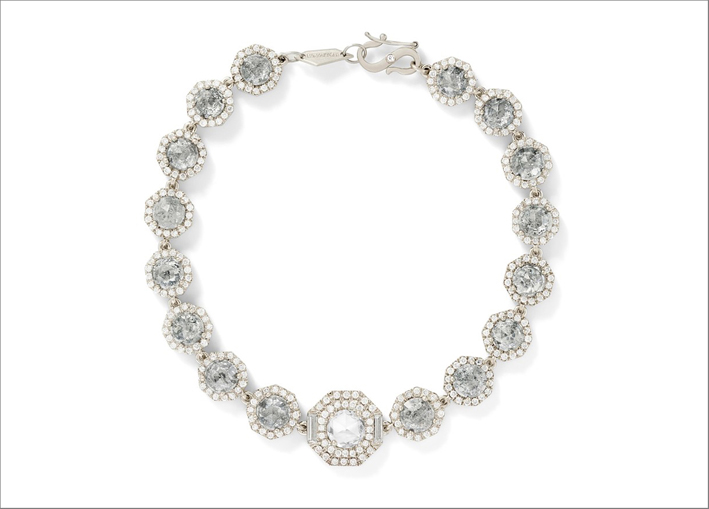
Features. Gray diamonds are extracted in India, Russia, South Africa and Australia. The gray color comes from a high concentration of hydrogen or boron. But not only: gray diamonds often have different shades, due to a slight influence by other mineral elements.
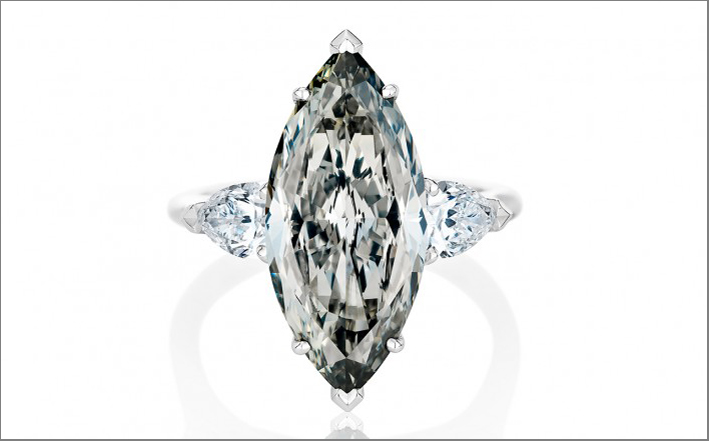
Colors. According to the Gia (Gemological Institute of America), there are many types of gray diamonds, even with extra coloring. There are Gray Purple, Gray-Blue, Gray-Green and so on. In addition, gray diamonds are also cataloged for color intensity: Light Gray, Fancy Light Gray, Fancy Gray, Fancy Dark Gray and Fancy Deep Gray. The most common shades according to Gia are yellow, green, blue and purple. The human eye, on the other hand, can distinguish about 500 shades of gray.

The cost. The price of diamonds is determined by the color, but also by the clarity and of course the size. In general, gray diamonds cost a little less than bright-colored ones, such as yellow or pink. And they cost less, on average, than colorless ones. Federico Graglia

